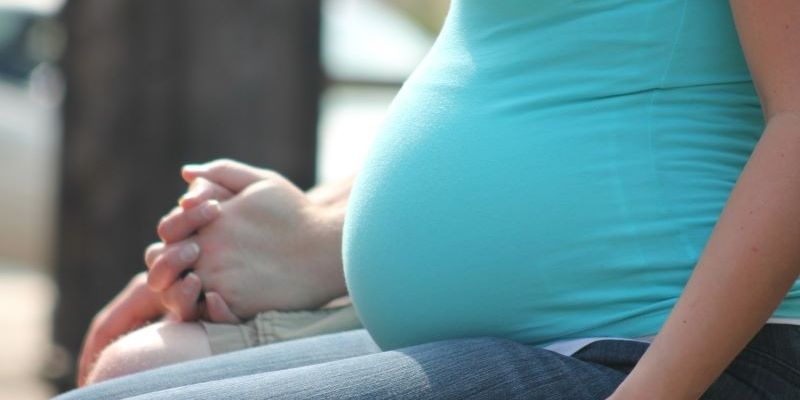
Pollution particles including carbon and metals have been found in the placentas of new mothers.
Researchers have shown that inhaled particulate matter from air pollution can move from the lungs to distant organs, and is taken up by certain cells in the human placenta, and potentially the foetus.
As part of the study, placentas from 15 consenting healthy women were donated to the study following the birth of their children at The Royal London Hospital.
Pollution exposure was determined in 13 of the women, all of whom had exposure above the annual mean WHO limit for particulate matter.
The cells in the placentas were analysed using a range of techniques including light and electron microscopy, x-rays and magnetic analyses.
Black particles that closely resembled particulate matter from pollution were found in placental cells from all 15 women and these appeared in an average of one per cent of the cells which were analysed.
“These foreign particles may well react with and damage the components of a cell to cause inflammation or to interfere with normal cellular function and hamper normal development of the foetus.”
The majority of particles found in the placental cells were carbon-based, but researchers also found trace amounts of metals including silica, phosphorus, calcium, iron and chromium, and more rarely, titanium, cobalt, zinc and cerium.
Analysis of these nanoparticles strongly suggests that they predominantly originated from traffic-related sources. Many of these metals are associated with fossil fuel combustion arising from fuel and oil additives, and vehicle brake-wear.
The research team included Dr Zabeada Aslam from Leeds’ School of Chemical and Process Engineering.
Dr Aslam said: “This work shows that the smallest size fraction of inhaled airborne pollution particles are able to cross from the lungs into other organs and potentially even to a foetus via the placenta.
“This is concerning because these foreign particles may well react with and damage the components of a cell to cause inflammation or to interfere with normal cellular function and hamper normal development of the foetus.”
The study, funded by Barts Charity, has been published in the journal Science of The Total Environment.
The research team has now called for further work to fully define the direct effect that pollution particles may have on the developing foetus.
Lead author Professor Jonathan Grigg from Queen Mary University of London (QMUL) said: “Our study for the first time shows that inhaled carbon particulate matter air pollution travels in the blood stream and is taken up by important cells in the placenta.
“We hope that this information will encourage policy makers to reduce road traffic emissions in this post lockdown period.”
Dr Lisa Miyashita, also from QMUL, added: “We have thought for a while that maternal inhalation could potentially result in pollution particles travelling to the placenta once inhaled.
“However, there are many defence mechanisms in the lung that prevent foreign particles from travelling elsewhere, so it was surprising to identify these particles in the placental cells from all 15 of our participants.”
Fiona Miller Smith, Chief Executive of Barts Charity said: “This is an incredibly important study and immensely relevant to mums-to-be in our local community, indeed in any urban community anywhere in the world.
“In the current climate it can be hard to see beyond COVID and so we are particularly proud to have funded this vital work and truly hope that it will lead to greater awareness of the risks of pollution to the unborn child.”
Funding to use the state-of-the-art analytical microscopy facilities in LEMAS (Leeds Electron Microscopy and Spectroscopy Centre) at the University of Leeds in order to image the small particles came through the Leeds EPSRC Nanoscience and Nanotechnology Facility (LENNF), which provides access for external users who study soft matter systems, and also the Sir Henry Royce Institute for advanced materials equipment access scheme.
The study involved researchers from the University of Leeds, University of Lancaster, Barts Health NHS Trust, University of Manchester, Central Manchester University Hospital NHS Foundation Trust, King's College London, University of Birmingham and the University of Oxford.
Further information
Picture by Pixabay, credit Greyerbaby
The research paper Evidence for the presence of air pollution nanoparticles in placental tissue cells is published in Science of The Total Environment.
For further details, contact University of Leeds press officer Lauren Ballinger at L.ballinger@leeds.ac.uk